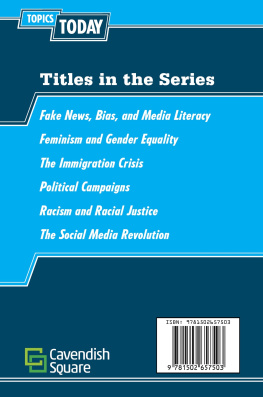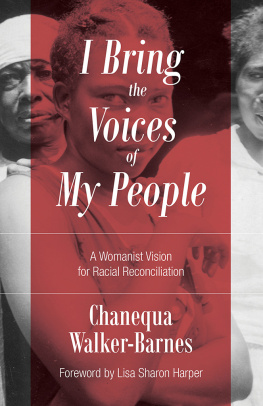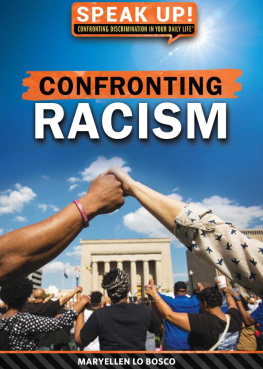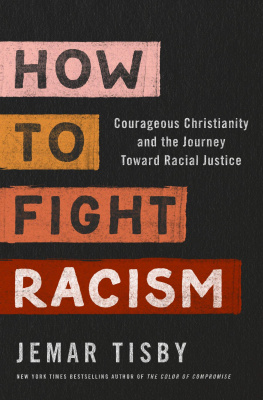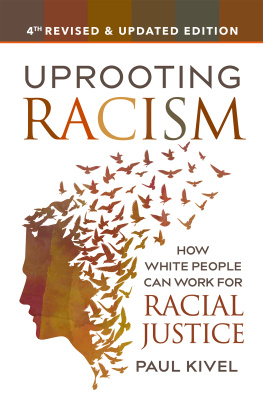
Published in 2021 by Cavendish Square Publishing, LLC
243 5th Avenue, Suite 136, New York, NY 10016
Copyright 2021 by Cavendish Square Publishing, LLC
First Edition
No part of this publication may be reproduced, stored in a retrieval system, or transmitted in any form or by any meanselectronic, mechanical, photocopying, recording, or otherwisewithout the prior permission of the copyright owner. Request for permission should be addressed to Permissions, Cavendish Square Publishing, 243 5th Avenue, Suite 136, New York, NY 10016. Tel (877) 980-4450; fax (877) 980-4454.
Website: cavendishsq.com
This publication represents the opinions and views of the author based on his or her personal experience, knowledge, and research. The information in this book serves as a general guide only. The author and publisher have used their best efforts in preparing this book and disclaim liability rising directly or indirectly from the use and application of
this book.
Portions of this work were originally authored by David Robson and published as Racism
(Hot Topics). All new material this edition authored by Sophie Washburne.
All websites were available and accurate when this book was sent to press.
Library of Congress Cataloging-in-Publication Data
Names: Washburne, Sophie, author.
Title: Racism and Racial Justice / Sophie Washburne.
Description: New York: Cavendish Square Publishing, [2021] | Series:
Topics today | Includes bibliographical references and index.
Identifiers: LCCN 2020007267 (print) | LCCN 2020007268 (ebook) | ISBN
9781502657510 (library binding) | ISBN 9781502657503 (paperback) | ISBN
9781502657527 (ebook)
Subjects: LCSH: Racism-United States-History--Juvenile literature. |
United States-Race relations--History-Juvenile literature.
Classification: LCC E184.A1 W263 2021 (print) | LCC E184.A1 (ebook) | DDC
305.800973--dc23
LC record available at https://lccn.loc.gov/2020007267
LC ebook record available at https://lccn.loc.gov/2020007268
Editor: Jennifer Lombardo
Copy Editor: Michelle Denton
Designer: Deanna Paternostro
Some of the images in this book illustrate individuals who are models. The depictions do
not imply actual situations or events.
CPSIA compliance information: Batch #CS20CSQ: For further information contact Cavendish Square Publishing LLC, New York,
New York, at 1-877-980-4450.
Printed in the United States of America

CONTENTS

INTRODUCTION
A LONG HISTORY OF HATE
Racism is a global issue. As a minority ethnic group, Malays have often experienced racism and discrimination in Singapore.
R acism, or the belief that some races are better than others, has been around for centuries, but its still a relatively modern concept. Race is a social construct, which means humans made it up. Genetically, theres very little difference between humans, and skin color doesnt determine someones personality or talents. In ancient societies, people were more likely to be discriminated against based on things such as their religion or language. For instance, in ancient Rome and Greece, people of any race could be sold into slavery. Although race is a social construct, discrimination based on perceived race is very real. In many cases, people with lighter skin are the ones who benefit most from this system, even if the individuals arent actively trying to oppress people with darker skin. In the United States, white people are the group with the most power and privilege.
However, lighter doesnt just mean white. Also, racism is not a problem that is unqiue to the United States. For example, in Singapore, Chinese are the majority race, and they have displayed racism toward Singaporeans of ethnicities with darker skin tones. In 2019, Business Insider published a report stating that half of all Malaysan ethnic group from Malaysiaand Indians say they feel discriminated against when they apply for jobs in Singapore. Some housing ads state that certain races, including Indian and Malay, arent welcome; even when this isnt explicitly stated, people of these ethnicities report being told that a landlord wont rent to them. Other studies have found that Malays, in particular, are excluded from holding certain military positions. They have repeatedly requested more equal treatment in this area and have been denied by the Singaporean government.
Malays have also been subject to some of the same damaging stereotypes people have used to label and oppress certain groups throughout history. For instance, peopleespecially white peoplehave often applied the label of lazy to Malays, African Americans, Native Americans, Aboriginal Australians, the Maori people of New Zealand, and more. Implying that people who belong to these groups dont want to work hard gives the group in power an excuse not to give them jobs, equal pay, financial support from the government, and other rights and opportunities that would put these disadvantaged groups on an equal footing with the group in power.
Racism in America
The history of racism in the United States is long and painful. The first British settlement in what would later become the United States was founded in Jamestown, Virginia, in 1607, but the British were far from alone. By the early 1600s, the Spanish, French, and Dutch had all claimed portions of North America. However, each of these groups of white Europeans could only maintain their colonies by persecuting the Native Americans who were already living there when the settlers arrived. They took Native American lands, broke treaties, and actively attempted to exterminate the various native groups, all in the name of expanding their empires.
After the United States became an independent country, this persecution became national policy. Most notably, in the 1830s, the US government forced the Cherokee people to move from present-day Georgia, Tennessee, Alabama, North Carolina, and Florida to present-day Oklahoma so Southerners could settle and plant crops where the Cherokee had once lived. This journey was often difficult and dangerous, and many people died on the way, which led to this event being called the Trail of Tears. Today, negative, racist attitudes regarding Native Americans and their lands still exist.
Black people have also had an especially difficult time in the United States from the beginning. In 1619, the first slaves were brought from Africa to the colony of Virginia. Slavery became a national institution and, although it was eventually abolished, racist attitudes against black people persist throughout the country.
As time went on and people from other countries began immigrating to the United States, they, too, often faced racism or prejudice when they arrived. Although people of typically white nationalities, such as the Irish and Italians, were discriminated against, this was not due to the color of their skin, and they were eventually able to assimilate into, or become part of, the mainstream culture in the United States. However, for Africans, Arabs, Middle Easterners, Latin Americans, East Asians, and Southeast Asians, their skin color has made them easy targets for discrimination and sometimes violence.
A Lasting Problem
When Barack Obama was elected president of the United States in 2008, many people took this as proof that racism no longer existed in the United States. However, despite the feelings of hope surrounding Obamas historic election, racism still existed in the United States and around the world. For example, in the early days of Obamas campaign, Secret Service agents, charged with guarding the president and presidential candidates, investigated death threats, many of which mentioned his race, on an almost daily basis. After Obamas inauguration in January 2009, death threats against him soared, with the Secret Service fielding at least 30 each daymuch higher than those against any other president.

